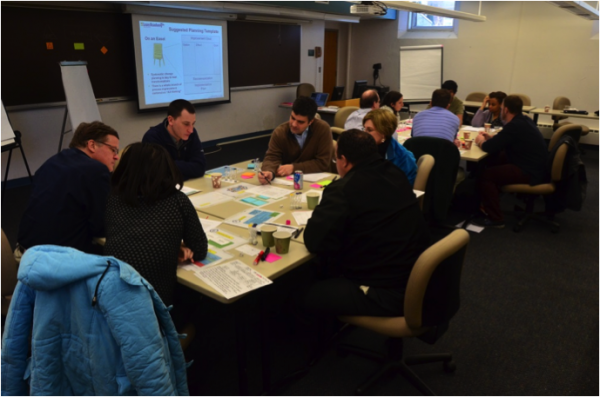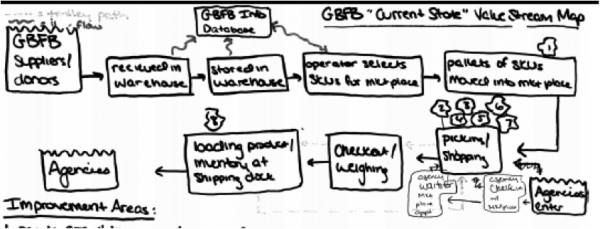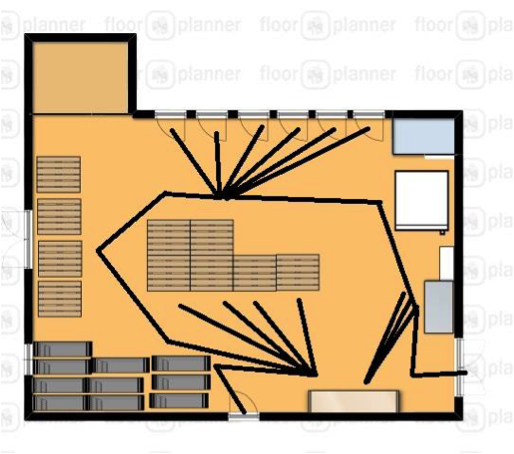Lean for Social Innovation: Teaching Rapid Trial and Error
By Wiljeana Jackson Glover, Assistant Professor of Technology, Operations and Information Management at Babson College. This post is the third in a series that explores how Toyota Production System (TPS) principles were applied at The Greater Boston Food Bank (GBFB) to support social innovation. Posts include the opinions of thought leaders and Babson student perspectives.
If you’re not making mistakes, then you’re not doing anything. I’m positive that a doer makes mistakes.
This quote attributed to the late and great college basketball coach John Wooden makes you want to get out and DO SOMETHING!!! No excuses, just go! And while I’m not teaching Babson students to play basketball, applying the Toyota Production System philosophy to non-profits like The Greater Boston Food Bank (GBFB) does mean that we all, i.e., as a team of educators, students, Toyota advisors, and non-profit leaders, had to throw some caution to the wind and apply our ideas for improvement rather than continue to plan and analyze the potential improvements that could work in the Marketplace.
Ripping off the band-aid to test the team’s ideas for improvement was easier said than done. Even though we all knew we were aiming to implement rapid experimentation, there was still a need to get both the full team up to speed on the methods that we wanted to apply to the Marketplace. Therefore, starting in early February, we started our journey with a few activities:
- Trip to New Balance: Our full team took a field trip to the New Balance Plant in Lawrence, MA. The plant has used TPS for almost a decade and has strongly focused on using employee input to note potential problems and errors and to make rapid corrections. The team was able to observe their operations for over an hour and see rapid experimentation in action.
- Simulate to Learn: Using Legos and hourglasses, our students, the GBFB team, and faculty came together for a full day of learning TPS via simulating different improvement scenarios. The simulation was supported by one of our lean educator colleague organizations, EdNet.

- Read and Watch: Wade Vincent from Toyota and I selected several readings and videos, e.g., footage of TSSC working with Food Bank For New York City. The introduced the students to some of the more detailed concepts that support the TPS principles.
- Observe and Map: The students visited and observed the GBFB Marketplace for at least 100 hours, talking to the employees about their jobs and areas where they saw opportunities for improvement. Several documents that detailed the flow of the Marketplace, basic performance measures, and improvement ideas were also created based on these observations.


So what happened? How did our team apply this knowledge for improvement? In our next post, one of our former students, Ben Simon, will tell you the story!
